When the sun sets in D.C., patrons at local bars might see a witch or two shuffling tarot cards when ordering their cocktail.
Witchcraft–once taboo–has become part of the nightlife in some spaces.
Throughout the District, witchcraft is practiced in homes, cafés, and at local bars. Some witches practice tarot card readings, astrology, or crystal scrying, used for reflection. For others, it’s Santería—an Afro-Caribbean religion.
And while they vary in where and what they practice, they all share one conviction: their craft is not a trend.
Tarot in D.C.
D.C.-based tarot reader Skye Marinda is often found at the bars The Dew Drop Inn and Black Cat, and the cafe plant shop PLNTR, giving tarot readings.
Tarot is the practice of using cards to learn about someone’s future–some use tarot for fortunetelling.
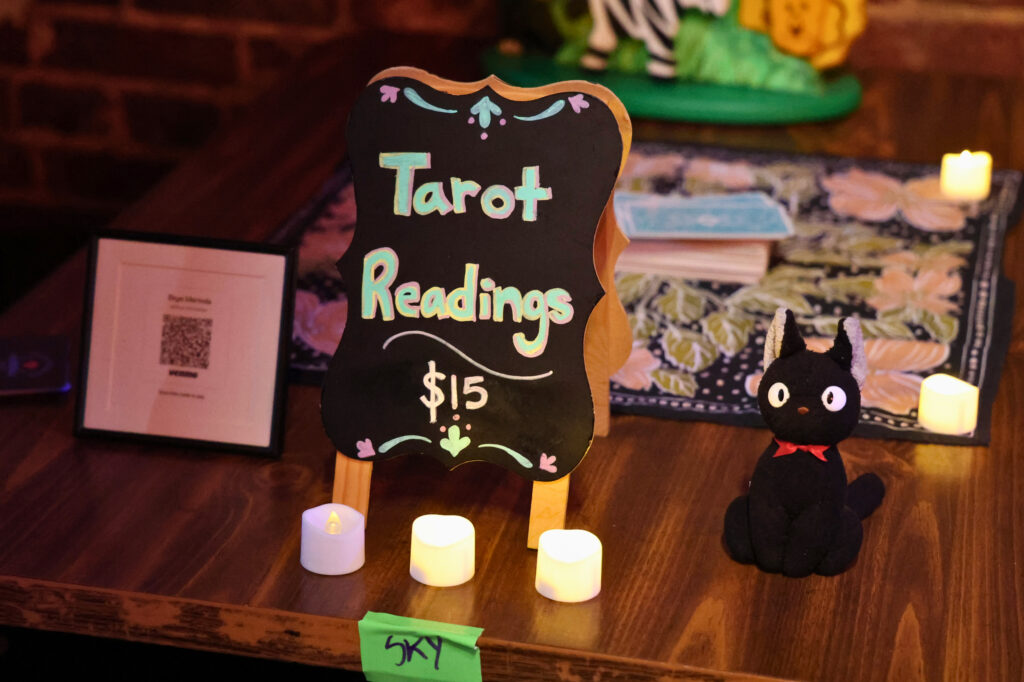
Marinda said tarot first came to her nine years ago. A lifelong Halloween enthusiast, she took a trip to Salem, Massachusetts, and got a reading. Ever since, she was hooked.
“I was going through a hard time,” Marinda said. “It helped me be like, ‘Oh, I should take care of myself.’”
Marinda said she began reading tarot cards for friends and family at intimate gatherings but quickly realized her talent could reach a wider audience.
“The language of it makes a lot of sense to me; these cards with images telling a story, kind of like a graphic novel, but about your life,” she said.
The biggest misconception about tarot comes from media depictions, Marinda said.
“People think readings are scary and harsh, like in movies where they pull the death card. But it’s not like that,” she explained.
The death card doesn’t represent physical death, but the ending of an interest or relationship, Marinda said.
Marinda is co-leading Witch Fest, a festive maker’s mart featuring her tarot readings, on Oct. 11 at The Coupe in Columbia Heights.
A local’s take on witchcraft
Tarot readings are a bonding experience with friends, D.C. resident Ashley Warren said.
She recently took some out-of-town friends visiting D.C. to Mrs. Natalie Tarot Readings of Georgetown. Afterwards, she said the friends had deeper conversations about “dreams, past and future that you might not have thought to share otherwise.”
Witchcraft has had a long place in D.C. life, Warren said.
“Mary Todd Lincoln held seances in the White House,” she said. “Nancy Reagan had an astrologer on speed dial. It’s not new or just a trend.”
Readings in D.C. typically cost $20 for a palm reading and up to $100 for a full psychic aura.
Providing guests more than just a cocktail
The Craft, a U Street mystical-gothic speakeasy, celebrates D.C.’s interest in witchcraft by hosting tarot nights.
Their tarot nights are intended to provide guests with “something more immersive than just a cocktail,” The Craft Owner Joshua Valencia said.
The customer response is curious, open, and full of genuine excitement to experience witchcraft in a nightlife social setting, Valencia said.
The Craft insists on taking witchcraft traditions seriously, Valencia said.
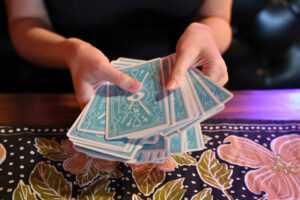
“We’re mindful that tarot and witchcraft carry deep cultural and spiritual roots,” he said. “Hosting these events isn’t about gimmicks but about creating a space where those traditions are honored and accessible.”
The Craft is holding its next tarot night in October.
Witchcraft as religion
Santería, a type of witchcraft, or brujería, has deep religious roots.
The District has been home to various Santería botanicas through the years. Yemaya & Chango set up shop in Adams Morgan in 1995 and closed in 2014. Botanica y Tarot LLC is currently open in Fort Totten.
Santería is an Afro-Caribbean religion that developed in Cuba during the late 19th century, centered on the worship of nature. It takes on aspects of the West African religion, Yoruba, and Catholicism.
Despite being a 200-year-old religion, taboos exist around the practice.
Wendy Rodriguez, an L.A.-based priestess of Santería known online as Brujeriagirl, said, growing up, she recalled Santería being “something you would only hear about” through rumors. Now, as a godparent to other practitioners, she practices the religion in stride.
“If you had told me back in 2018 that this is what I was going to end up doing, I would have told you you were crazy,” Rodriguez said.
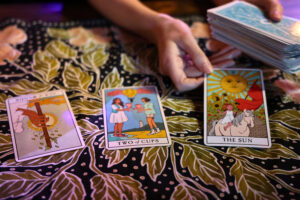
Rodriguez was crowned Oshun by fellow Santería practitioners, signifying a direct connection to the deity Oshun, she said.
“Oshun is based on the Caridad del Cobre, Our Lady of Charity in the Catholic faith,” Rodriguez explained. “Different gods are tied to Catholic saints.”
Through the process of iyaworaje, she spent a year and seven days in white for purification.
“When you go through that, you can’t take pictures, you can’t be on video, you can’t touch other people outside your loved ones,” she said. “It’s very intense.”
Santería helped her process trauma and live more peacefully, Rodriguez said.
“It’s not just the witchcraft aspect or the esoteric practice. Divination tells you aspects about yourself you really have to work on, almost like therapy,” she said.
Rodriguez also sees danger in the growing popularity of witchcraft, she said.
“It’s wonderful that this is out there; that’s the pros. But the cons are, some people are using it just for a trend.”
Rodriguez makes her rituals and readings available both online and in person through her shop, Botanica Olokun.

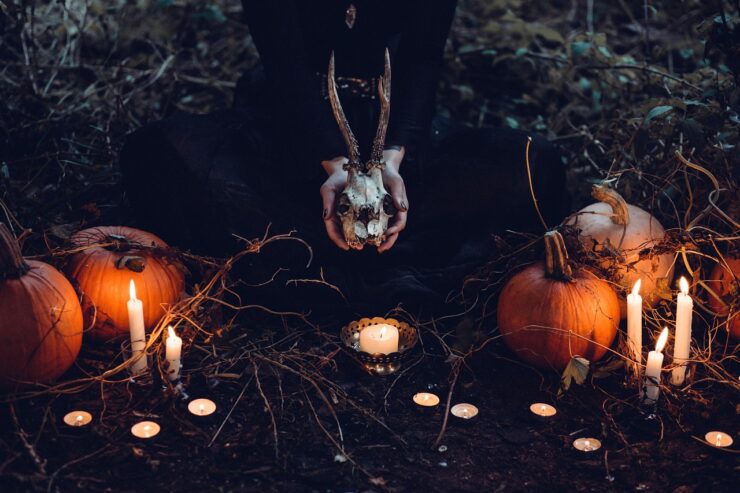
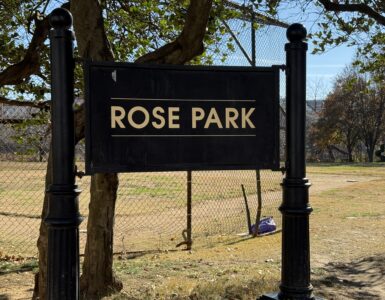

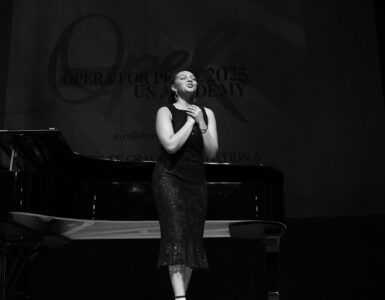










Add comment